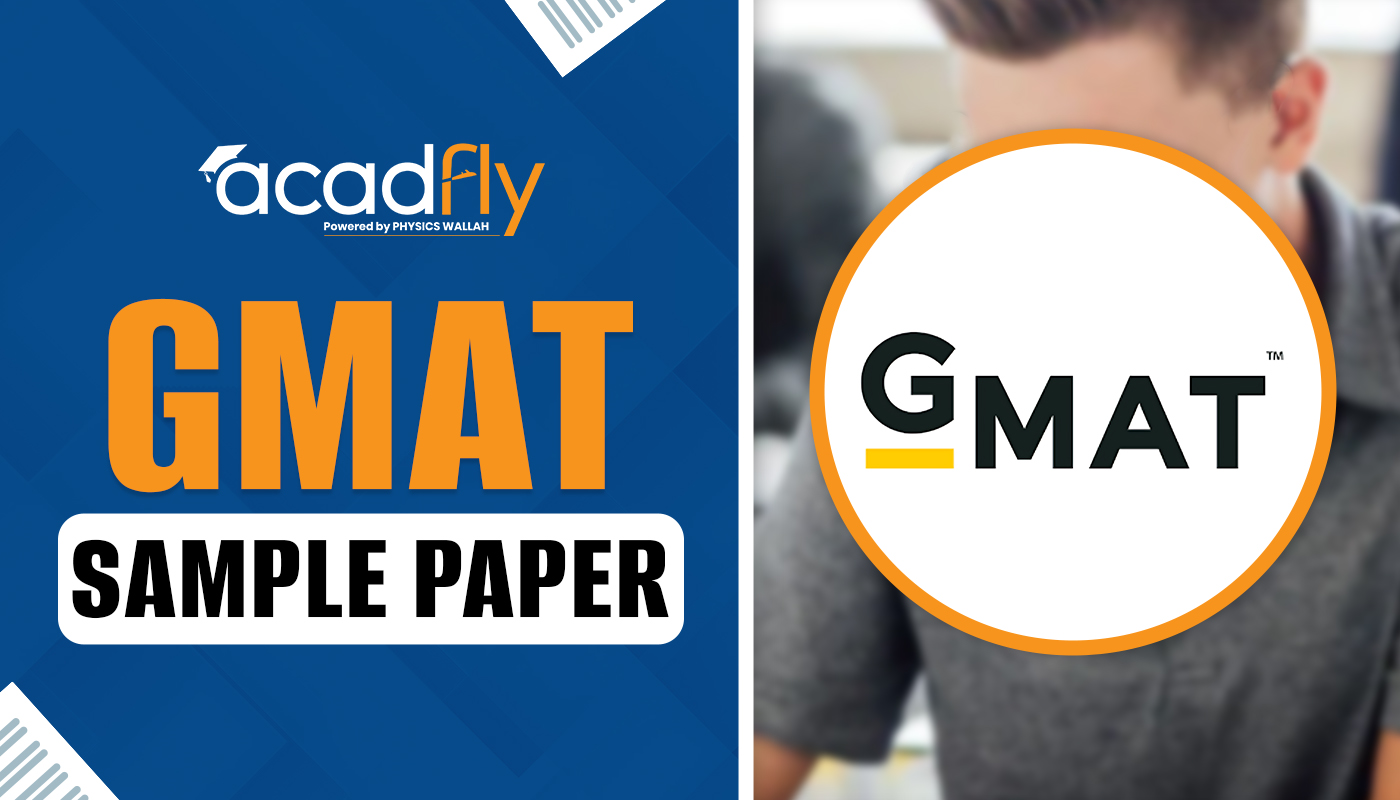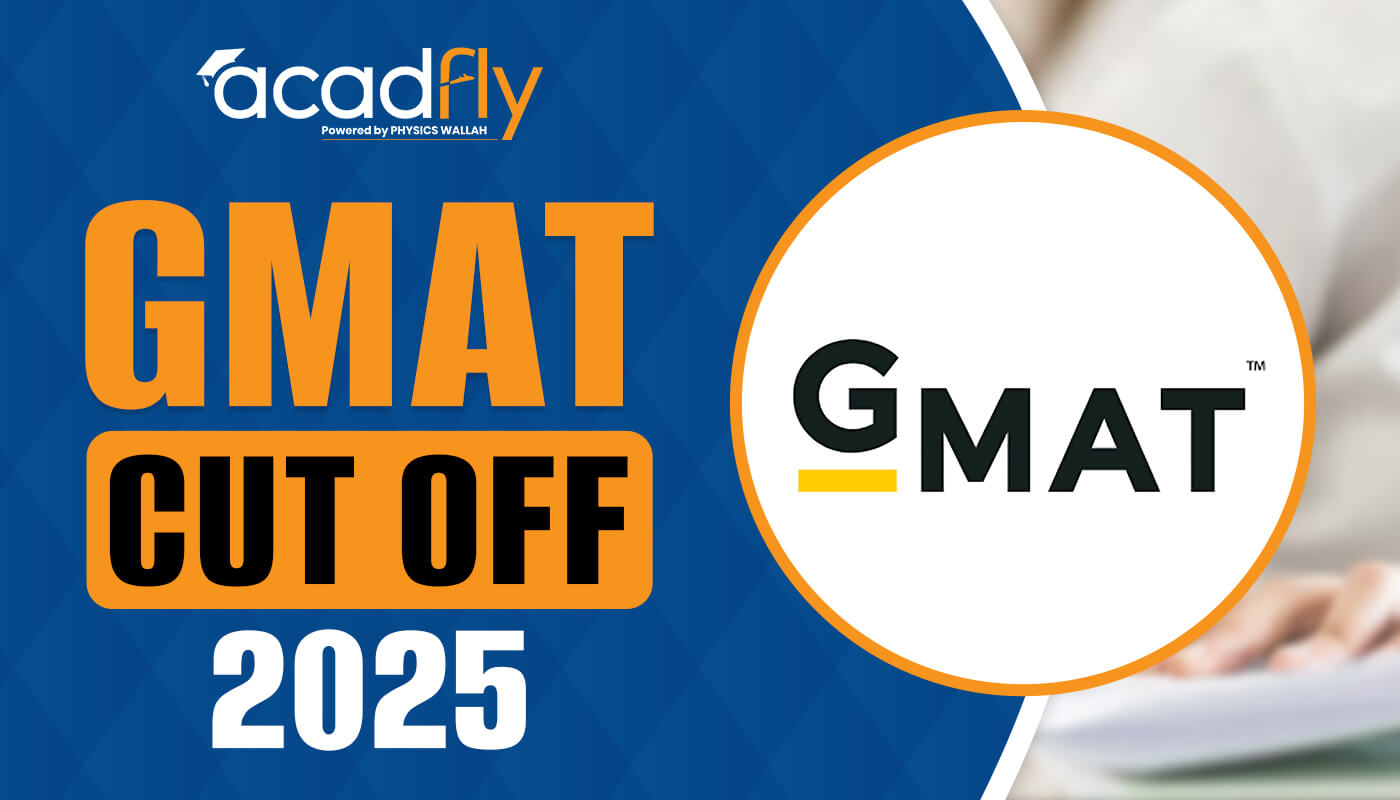
Preparing for the TOEFL reading section can be a challenging endeavor, but mastering effective note-taking techniques can significantly enhance your performance. This comprehensive guide will explore various strategies for effective note-taking TOEFL reading, offering practical tips and detailed insights to boost your study techniques and improve your test results.
Understanding the Importance of Note-Taking in TOEFL Reading
Effective note-taking in TOEFL reading helps you manage and remember important information from lengthy passages. It allows you to quickly locate key details and ideas, making it easier to answer questions accurately and efficiently.
Why Effective Note-Taking Matters
Effective note-taking is a critical skill for success in the TOEFL reading section. The reading passages are often lengthy and complex, containing a wealth of information that must be processed quickly. Good note-taking helps you organize your thoughts, track key details, and retain important information. This skill allows you to efficiently review and recall the content during the test, making it easier to answer questions accurately.
How Note-Taking Enhances TOEFL Reading Strategies
Integrating effective note-taking into your TOEFL reading strategies helps you manage the information overload that comes with lengthy passages. By summarizing key points and noting significant details, you create a personalized reference that aids in comprehension and analysis. This method enhances your ability to navigate through the passage efficiently, ensuring that you can quickly locate information needed to answer questions.
Essential Note-Taking Techniques for TOEFL Reading
Effective note-taking techniques for TOEFL reading include actively engaging with the text by highlighting key points and summarizing main ideas. Using abbreviations and creating organized outlines can help you capture and manage important information more efficiently.
1. Active Reading and Annotating
Active reading is a technique that involves engaging with the text through questioning, summarizing, and predicting. When annotating a passage, make brief notes in the margins to highlight main ideas, unfamiliar terms, and significant details. For example, underline key terms and write brief explanations or synonyms next to difficult words. This approach ensures that you are not merely passively reading but actively processing and understanding the material, which is crucial for effective note-taking.
Engaging with the Text
To engage actively with the text, ask yourself questions about the content as you read. For example, “What is the main argument of this passage?” or “How does this detail support the author’s thesis?” These questions help you focus on the critical elements of the passage and make your notes more meaningful and relevant.
2. Using Abbreviations and Symbols
Developing a system of abbreviations and symbols can greatly speed up your note-taking process. Create a list of common abbreviations and symbols that you will use consistently, such as “@” for “at,” “imp” for “important,” and arrows to indicate relationships between ideas. This system allows you to capture information quickly and efficiently, ensuring that you don’t miss key details while reading.
Customizing Your System
Your system of abbreviations and symbols should be tailored to your personal preferences and the specific requirements of the TOEFL reading section. Experiment with different symbols and shorthand methods until you find a system that works best for you. Make sure that your notes remain clear and understandable, even when using abbreviations.
3. Organizing Information with Outlines
Creating outlines is a powerful way to organize information from the reading passage. Start by identifying the main ideas and then use headings and subheadings to categorize supporting details. This approach helps you visualize the structure of the passage, making it easier to find and reference relevant information when answering questions.
Example Outline Structure
For a narrative passage, your outline might include headings for the introduction, key events, character development, and conclusion. For an expository passage, you could use headings for the main topic, key facts, and supporting evidence. This structured approach allows you to quickly locate specific details during the test.
Improving Your TOEFL Reading Notes
Improving TOEFL notes, regularly review and update them to ensure accuracy and completeness. Practice summarizing key points and details clearly, and seek feedback from others to refine your note-taking techniques. This will help you retain important information and enhance your performance on the test.
1. Reviewing and Revising Notes
Regularly reviewing and revising your notes is essential for reinforcing your understanding of the material. After taking notes on a passage, set aside time to revisit them and check for accuracy. Highlight or underline key points and add any additional information you may have missed. This practice helps solidify your comprehension and ensures that your notes are a reliable resource for studying.
Incorporating Feedback
Consider sharing your notes with classmates or instructors to receive feedback on their effectiveness. Constructive criticism can provide valuable insights into areas where your notes may need improvement. Use this feedback to refine your note-taking techniques and make your notes more comprehensive and useful.
2. Integrating Practice Tests
Incorporate practice tests into your study routine to apply your note-taking techniques in a test-like environment. Analyzing your performance on these practice tests can help you identify areas where your notes may be lacking. Adjust your note-taking strategies based on your practice test results to enhance your overall reading comprehension and test performance.
Simulating Test Conditions
When taking practice tests, simulate actual test conditions as closely as possible. This includes timing yourself and working in a quiet environment. By practicing under test-like conditions, you can better gauge the effectiveness of your note-taking techniques and make any necessary adjustments.
TOEFL Study Techniques to Enhance Note-Taking
To enhance your note-taking for TOEFL reading, incorporate effective study techniques such as setting a structured study schedule and practicing with diverse reading materials. Regularly review and adjust your note-taking strategies based on practice tests to continuously improve your skills.
1. Developing a Study Plan
A well-structured study plan is crucial for effective TOEFL preparation. Allocate specific times for reading practice and note-taking exercises, and include a variety of reading materials to build your skills. Your study plan should also incorporate time for reviewing and revising your notes to ensure that you are continually improving.
Setting Goals and Milestones
Establish clear goals and milestones for your study plan to track your progress. For example, set goals for the number of practice passages you want to complete each week and milestones for achieving specific scores on practice tests. This approach helps keep you motivated and focused on improving your note-taking and reading comprehension skills.
2. Utilizing Study Resources
Leverage available study resources, such as TOEFL prep books, online courses, and practice tests, to enhance your note-taking skills. Many study resources offer sample passages and exercises that can help you practice and refine your techniques. Additionally, online forums and study groups can provide valuable insights and tips from other test-takers.
Exploring Additional Resources
Consider exploring additional resources such as educational videos and interactive online tools. These resources can offer alternative approaches to note-taking and reading comprehension TOEFL, helping you develop a more well-rounded study routine.
3. Focusing on Reading Comprehension
Improving your reading comprehension is closely linked to better note-taking. Engage in activities that boost your understanding of complex texts, such as summarizing articles, discussing reading materials with others, or participating in book clubs. These activities help enhance your ability to comprehend and analyze texts, which in turn improves your note-taking skills.
Practicing Critical Reading
Practice critical reading by analyzing different types of texts, such as news articles, academic papers, and opinion pieces. Focus on identifying the main arguments, key points, and supporting evidence. This practice helps develop your analytical skills and prepares you for the diverse range of passages you may encounter on the TOEFL test.
Effective Note-Taking for Different Types of Reading Passages
Effective note-taking for different types of reading passages involves tailoring your approach based on the passage’s structure. For narrative passages, focus on tracking the storyline and characters. For expository passages, highlight key facts and explanations. For argumentative passages, capture the main argument and supporting evidence.
Narrative Passages
Narrative passages often include a storyline with characters and events. When taking notes on a narrative passage, focus on capturing the main plot points, character developments, and significant events. Use your notes to track the sequence of events and any changes in the characters’ situations, which will help you answer questions related to the story’s progression.
Expository Passages
Expository passages provide information about a specific topic, often including definitions, explanations, and facts. For these passages, pay attention to the structure, including the introduction, body, and conclusion. Note key facts, definitions, and explanations to help you answer questions related to the content and main ideas of the passage.
Argumentative Passages
Argumentative passages present a claim or argument supported by evidence. When taking notes, focus on capturing the main argument, supporting evidence, and any counterarguments. Understanding the structure of the argument and the evidence provided will help you answer questions about the passage’s main points and reasoning.
Frequently Asked Questions
1. What are the best note-taking techniques for TOEFL reading?
2. How can I improve my TOEFL reading notes?
3. What should I focus on when taking notes for TOEFL reading passages?
4. How does effective note-taking impact TOEFL reading strategies?
5. Are there any tools or apps that can help with TOEFL reading note-taking?










